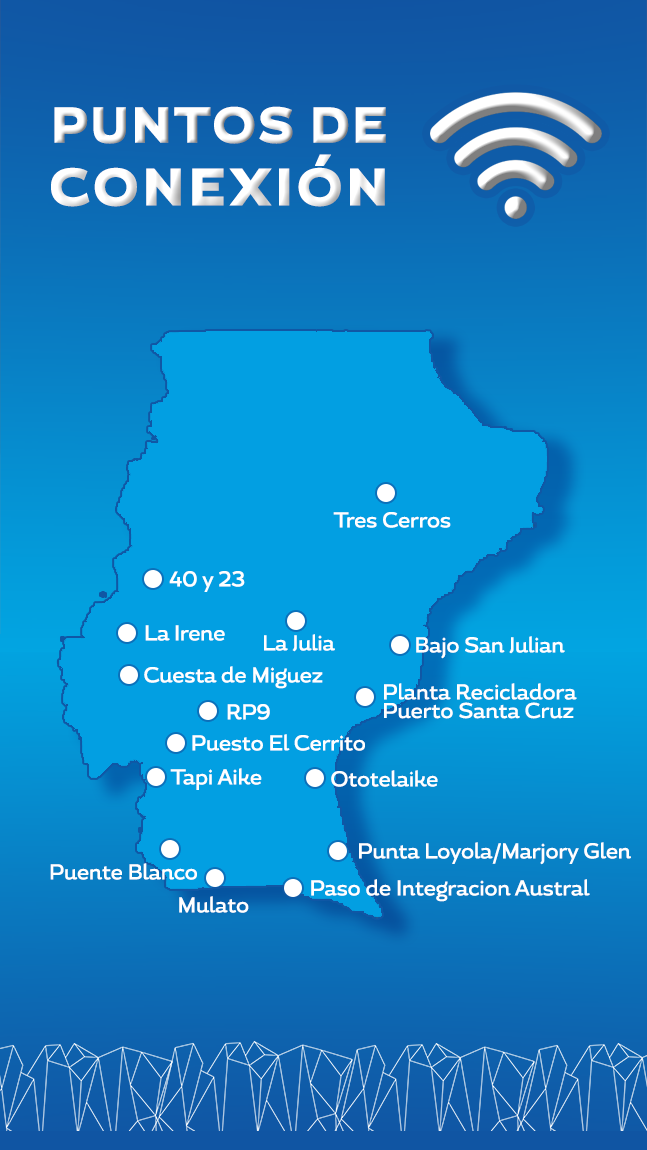WINTER INFORMATION
It is essential to check the status of routes, weather forecast and activities allowed when visiting a protected area in the winter season. 
The National Park Administration (NPA) highlights the importance of taking additional precautions due to recent snowfall,
rainfall and low temperatures in the national protected areas of Andean Patagonia.
It is recommended before undertaking any tour, consult the latest weather forecast, learn about the status of the routes and make sure
to have the right equipment for the vehicle.
It is essential to bear in mind that weather conditions can make transit difficult, especially due to the presence of ice in shady areas of the routes.
It is urged to circulate with caution to avoid animal abuses, as well as to respect the signs and adjust the speed to road conditions.
For those planning to hike, it is crucial to pay attention to official reports of circuit and road closures due to weather phenomena.
It is also recalled that the trails and public areas are subject to natural processes typical of the wild environments, such as falling branches, sliding
of rocks and avalanches. It is also forbidden to carry out activities on frozen bodies of water and it is recommended to calculate the estimated time of walking for
finish with natural light.
RECOMMENDATIONS:
- USE OF LIGHTSIt is mandatory to use low light during the day. The position lights must be lit simultaneously with the high or low light, and the flashes must be used at level crossings and to warn overpasses. Point out the change of direction even when no one was around.
- USE OF SEAT BELTS Always use seat belts and child safety devices.
- CHECK WEATHER FORECAST Keep in mind that the weather varies from the city to the National Park
Use chains. Place chains on wheels when the road looks white. Do not wait to be locked to place them. - MAINTAIN A SAFE DISTANCE Always maintain a safe distance, since on ice or snow a greater distance is required for the vehicle to stop. Drive gently. Avoid abrupt movements, shaking or flying. Slow down when taking a curve and brake gently, avoiding braking. In gravel it is recommended not to travel more than 40 km/h.
- NOT EXCEEDING THE PERMITTED SPEED
- Try not to travel at night.
- Never overtake a snow plow while working.
- Do not drive if you drank alcohol.
Necessary equipment
Fire extinguisher properly loaded and fixed in a place of the vehicle.
Set of triangular beacons.
Conveniently inflated spare wheel, crique, wrench, chains and flashlight.
Gloves and coat
To know the recent status of the routes: CANAL Instant Road Information







